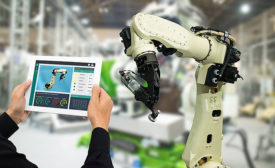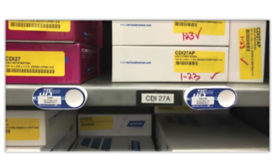Home » Keywords: » Internet of Things IoT
Items Tagged with 'Internet of Things IoT'
ARTICLES
Cover story
The factory of the future is now
Smart technology, the Internet of Things and robotics are changing manufacturing operations
November 6, 2020
Fire, gas detection & suppression systems deliver real-time data
Integrated fire & life safety protection
December 3, 2019
Four considerations to improve industrial fire safety systems
When fire safety is critical
September 9, 2019
Get our new eMagazine delivered to your inbox every month.
Stay in the know on the latest safety trends.
SUBSCRIBE TODAYCopyright ©2024. All Rights Reserved BNP Media.
Design, CMS, Hosting & Web Development :: ePublishing









